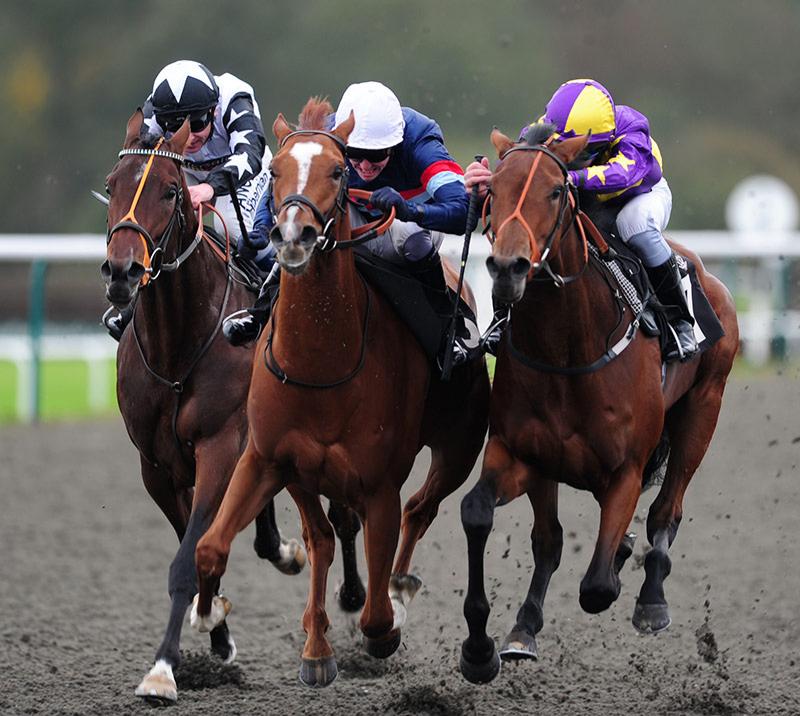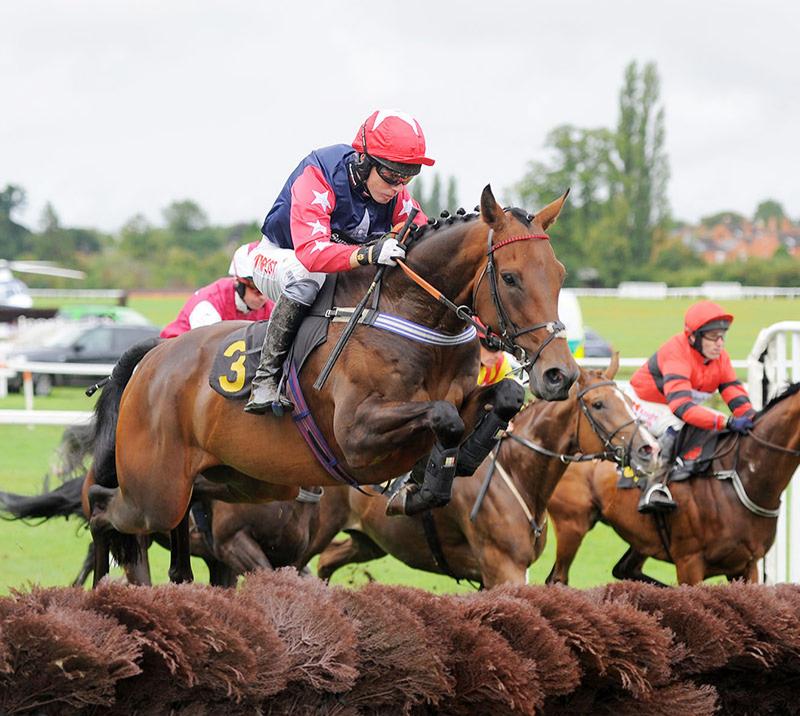Understanding the Types of Races
Not all horse races were created equal, and there are many different types you can attend. These differ due to the type of course, type of races and the horses that race.
There are two main types of race that happen in the UK. Flat racing and jump racing (otherwise known as National Hunt Racing). These split down by various groups and races.

As you would expect from the name, these are races that ran on a flat track over a distance between five furlongs (just over 1000 yards) and two miles. It is considered by some as the more elite style of racing, as without the distraction of jumps of obstacles, the race is purely down to the experience, skill and judgement of the jockey.
Flat races over a shorter distance are called sprints. Those over a longer distance are called stayers, and those in between are called middle distance. All of the five ‘Classic’ British races (including St Leger) are over middle distances.
Each race is split into one of five classifications depending on the value and prestige of the race, and also which age groups and genders are allowed to compete.

Jump racing requires horses and jockeys to negotiate obstacles on the track, which vary dependant on the type of jump race. Some see this racing as more exciting to watch, and more challenging to compete in given the risk involved.
Generally these races tend to take place between October and April and split down into three categories.
Generally these races tend to take place between October and April and split down into three categories.
As with flat racing, jump racing also uses a classification system depending on the age and experience of the horses.
To learn how to pick a winner, why not download our full beginners guide?
Download